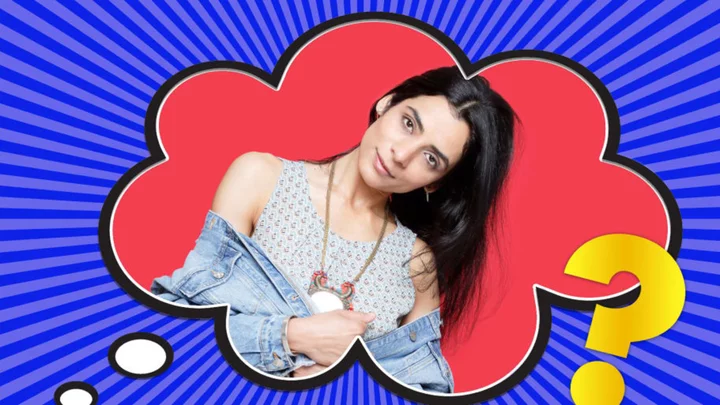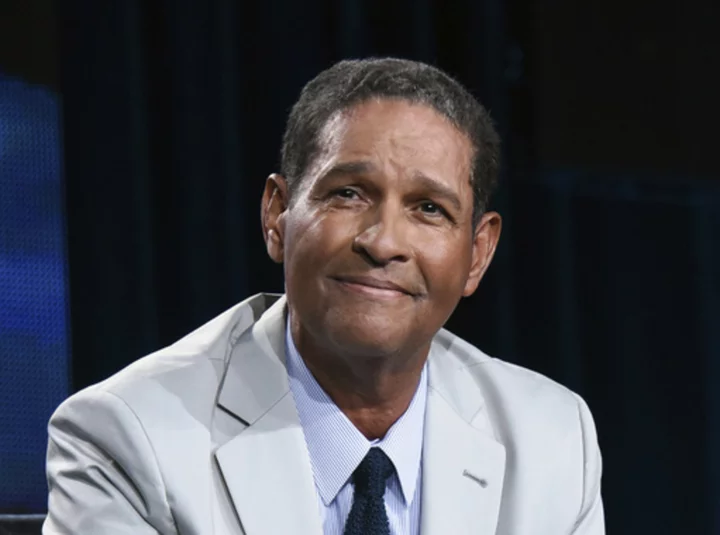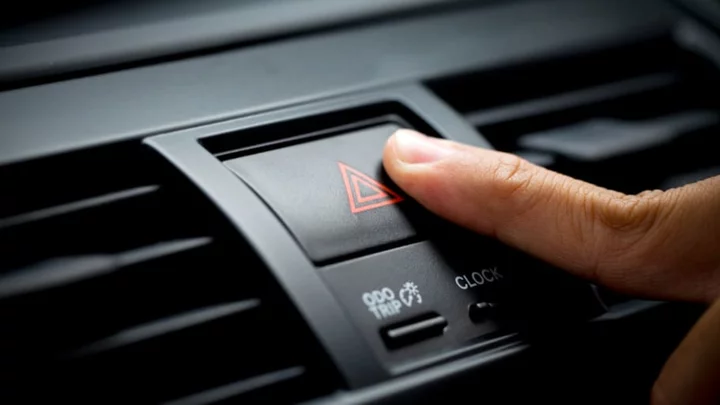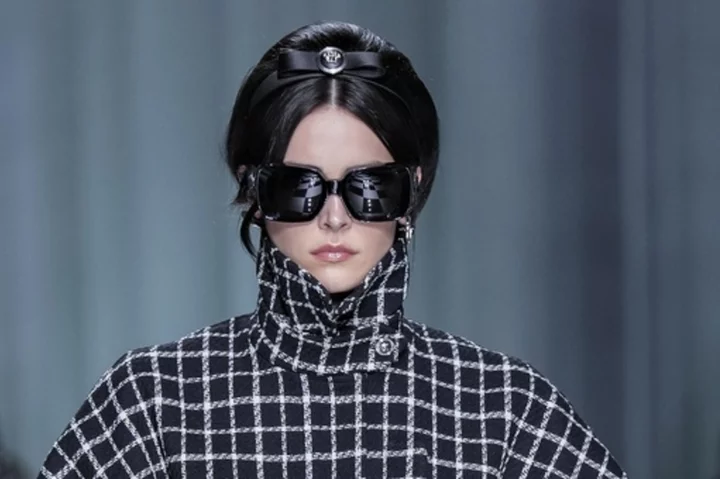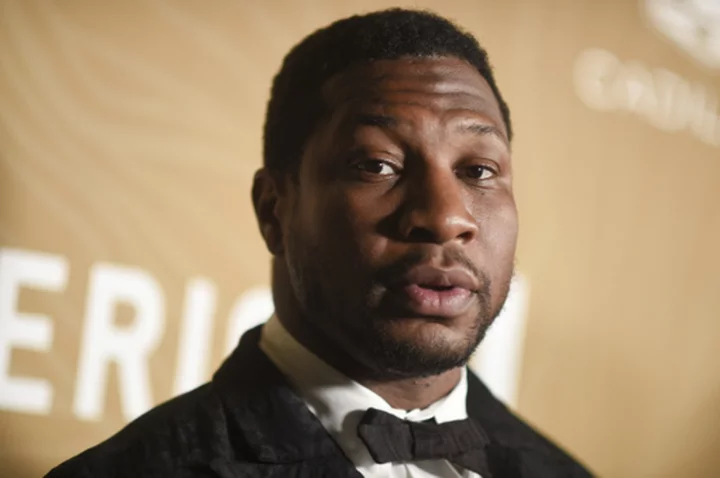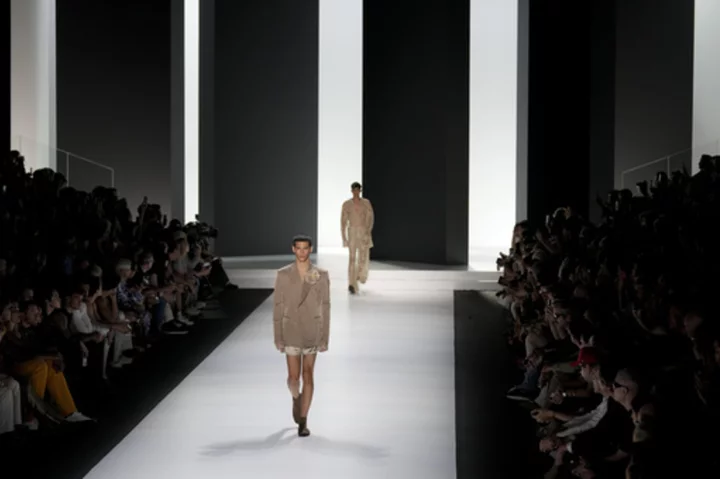Browse Facebook, Instagram, or another social media site full of pictures and you’ll probably notice a trend in body language. When confronted with a camera, some people will automatically tilt their head to one side. It appears to be a subconscious act, and so common that you might not even consider it peculiar.
Historically, it’s not. In fact, it the behavior even pre-dates the invention of the camera.
The practice is called head canting, or tilting your head to one side vertically so your forehead is no longer perpendicular to your shoulders. Imagine a horizontal line across your head and over your eyebrows—in head canting, the line is no longer parallel. (You can also just picture a quizzical dog and get the same idea.)
In 2001, researchers at the University of Bologna decided to examine the phenomenon. In a paper published in European Psychologist, the authors cited earlier papers in which canting could be interpreted as a submissive expression or as a way of signaling complacency. The researchers wanted to see how often it was done, and how people responded.
In the study, 51 women and 28 men were recruited from the university, brought into a room, and told that photos would be taken (but not the real reason why). The researchers then left the room and took photos remotely. Of the 79 people photographed, a total of 55, or 71 percent, tilted their head either toward the right or left without being prompted. Only one-third kept a neutral, stiff-necked posture.
The researchers then asked participants to assess both their own attractiveness and that of others using the still photos taken. Images in which head canting appeared scored higher than non-canting photos.
Clearly, canting can be interpreted positively by the viewer. Perhaps it’s seen as friendlier, or less threatening. But is that why we do it? The authors of the study posit that head canting could be reflexive in light of discomfort at having one’s photo taken.
But it’s not true of photos alone. A 2001 paper in the Journal of Nonverbal Behavior examined 1498 paintings featuring human figures completed between the 14th and 20th centuries and noted head canting appeared in virtually half of them. Tellingly, the canting was most common in depictions of younger people than older ones, and virtually absent when a painting depicted a noble or royal. And in a 2016 analysis, depictions of robots who were canting their heads were perceived to be more likeable and less frightening than robots with rigid poses. Both lend credence to the theory that it might be construed as a submissive posture.
Some head canting is intentional. Professional photographers advise subjects to tilt their head, believing it might accentuate a person’s jawline or tighten skin. Whether we do it for that reason or to signal a certain amount of agreeability is hard to prove scientifically, but it’s certainly part of the communication between a photographer and the subject.
If you find yourself canting without a phone or camera in sight, however, it might not be vanity: Some people tilt their head because of binocular visual dysfunction, or a misalignment of the eyes. If you have headaches to go along with your tilting, you might consider seeing an eye doctor.
This article was originally published on www.mentalfloss.com as Why Do We Tilt Our Heads When Being Photographed?.

